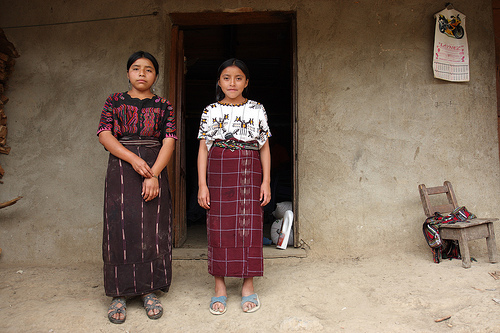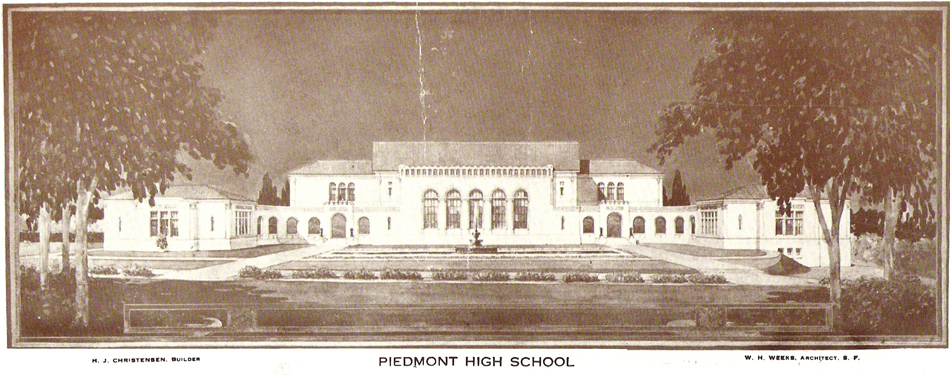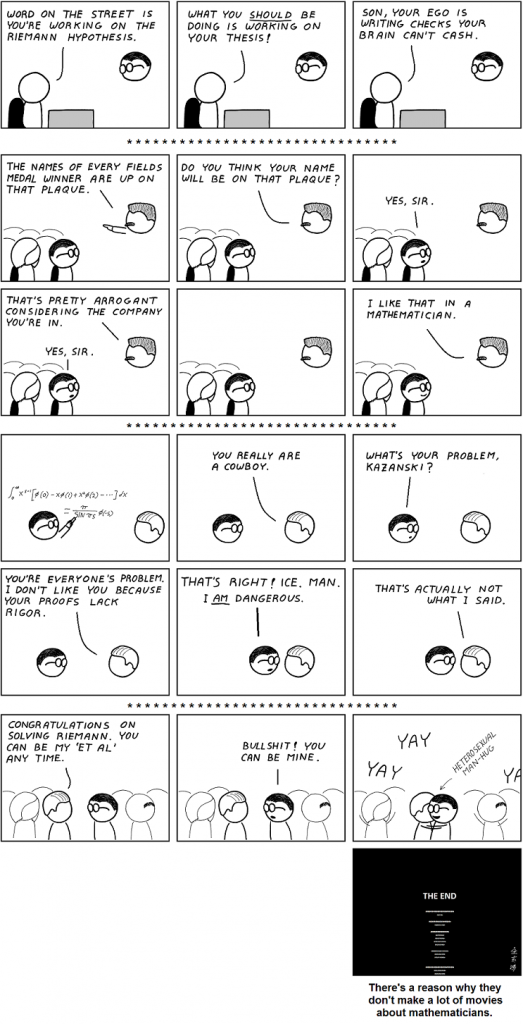 We’ve got a lot of dead trees in the Rockies. More than usual. As the region has warmed, bark beetle populations have exploded, and they’ve been killing off massive swaths of pine and spruce. It’s hard to miss the damage, and when British landscape artist Chris Drury visited the University of Wyoming campus in Laramie, he proposed to tell the forests’ story in an outdoor sculpture.
We’ve got a lot of dead trees in the Rockies. More than usual. As the region has warmed, bark beetle populations have exploded, and they’ve been killing off massive swaths of pine and spruce. It’s hard to miss the damage, and when British landscape artist Chris Drury visited the University of Wyoming campus in Laramie, he proposed to tell the forests’ story in an outdoor sculpture.
“Carbon Sink: What Goes Around Comes Around” was installed on the UW campus in late 2011. Funded by an anonymous donor and by the state Cultural Trust Fund, it consisted of a 36-foot-wide circle of logs from beetle-killed trees, arranged in a whirlpool pattern around a pile of coal. Drury hoped the sculpture would be left in place until it disintegrated, and the director of the campus art museum said there were “no plans to uninstall it.” It was, Drury said, intended to inspire a conversation.
In May 2012, however, just after most students left campus, Carbon Sink quietly disappeared. Continue reading






